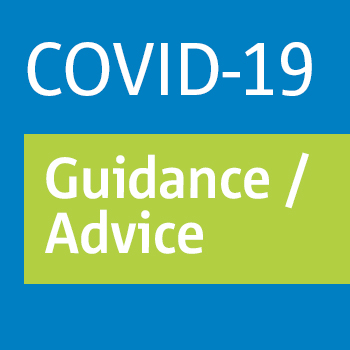
The European Union Aviation Safety Agency (EASA) is working closely with Member State regulators and industry partners to identify the new or emerging safety issues arising from COVID-19. This review took the form of a survey and follow-up virtual meetings with the different stakeholder groups. The work presented mirrors the collaborative activities that the Agency normally carries out in identifying safety issues and managing risks as part of the European Safety Risk Management (SRM) process. Naturally, the process has been adapted to take account of the new working environment.
The survey and follow-up discussions identified many different safety issues across a wide range of operational activities. The over-arching theme to all of these safety issues was the need for well-functioning management systems, which ensure that we are able to identify and manage our risks effectively. Whether the issue is a specific problem faced by one domain or a human factors issue that affects all aviation personnel, it is vital that everyone in an organisation is focused on the goal of delivering safe and effective operations.
Organisations and Member States should evaluate the applicability of the safety issues listed in the review to their own organisation and, where applicable, capture them in their SMS. Safety Issues have been identified in the following areas:
- Management Systems
- Human Performance
- Training, Checking and Recency
- Outdated Information
- Infrastructure and Equipment
- Financial Impacts on Safety
This report provides the results of the first step in the SRM process as it relates to COVID-19 related safety risks by identifying the safety issues. EASA is now tackling the next steps to identify further mitigations and to support their implementation across the industry. This is being tackled through the Return to Normal Operations (RNO) project that has already taken a number of important actions in consultation with industry and member states including the publication of a number of guidelines. Further work on mitigating actions will include material to support oversight and standardisation activities and this information will be published as the work is matured.